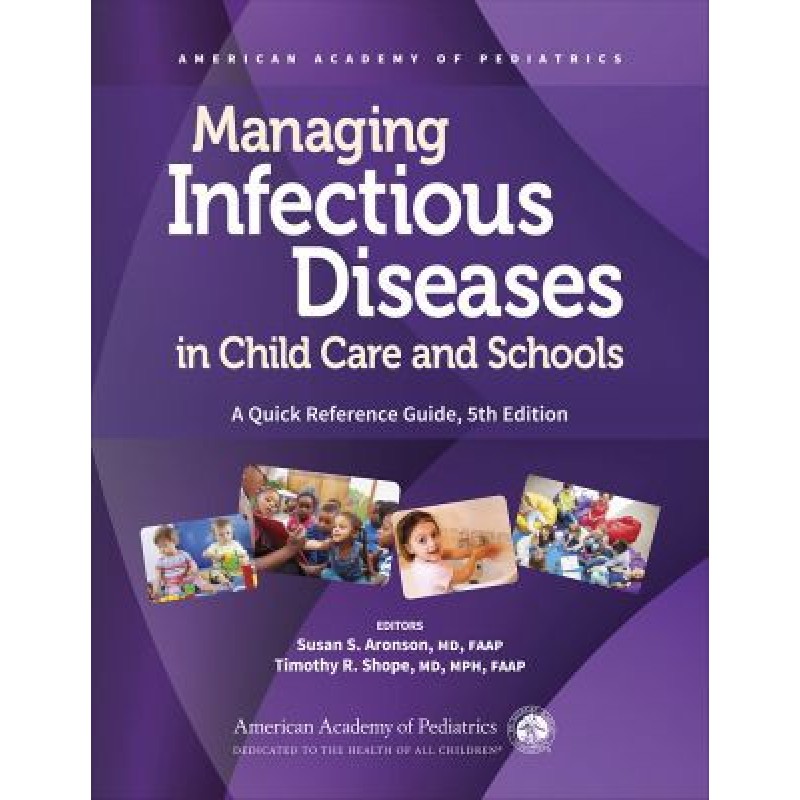Managing Infectious Diseases in Child Care and Schools A Quick Reference Guide 5th Edition
- ISBN: 9781610023481
- Εκδότης: American Academy of Pediatrics
- Σελίδες: 257
- Διαστάσεις: 276 x 213
- Έτος Έκδοσης: 2020
72,00€
Χωρίς ΦΠΑ: 67,92€



